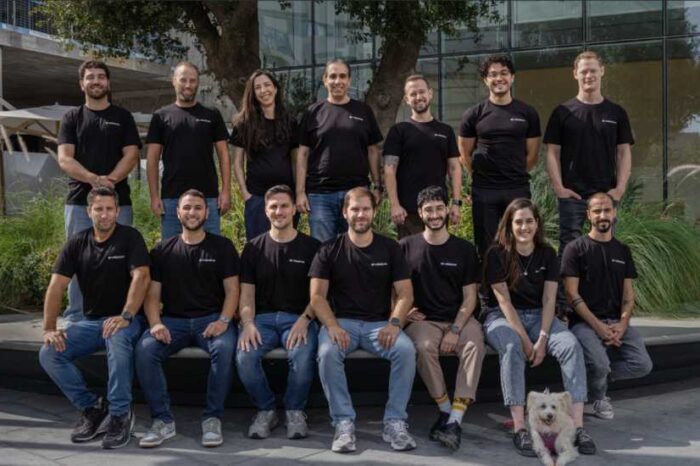OpenAI set to complete first custom AI chip design this year to reduce reliance on Nvidia

OpenAI is moving forward with its plan to reduce its reliance on Nvidia by creating its own AI chips. The company is expected to finalize the design for its first custom chip in the coming months and send it to Taiwan Semiconductor Manufacturing Co (TSMC) for production, according to an exclusive report from Reuters, citing sources familiar with the matter.
OpenAI and TSMC declined to comment.
“The ChatGPT maker is finalizing the design for its first in-house chip in the next few months and plans to send it for fabrication at Taiwan Semiconductor Manufacturing Co,” Reuters reported, citing the sources.
With this news, OpenAI joins a growing list of tech giants planning to build their own in-house AI chips, including Meta, which is developing an AI brain chip to power its open-source models
OpenAI Breaks Free from Nvidia
This move keeps OpenAI on track to begin mass production at TSMC by 2026. The initial process, known as “taping out,” typically costs tens of millions of dollars and takes around six months to produce a finished chip. If any problems occur, OpenAI will need to diagnose and repeat the process, adding more time and expense.
OpenAI Takes Steps to Reduce Nvidia Dependence
The chip isn’t just a technical project—it’s also a strategic move to give OpenAI more negotiating power with other chip suppliers. After the first chip, OpenAI plans to develop more advanced processors with broader capabilities.
If the first tape-out goes smoothly, OpenAI could start mass-producing its AI chips later this year, offering an alternative to Nvidia’s dominant hardware. This would be a significant milestone, especially given how long it typically takes other chipmakers to reach this point.
“If the initial tape out goes smoothly, it would enable the ChatGPT maker to mass-produce its first in-house AI chip and potentially test an alternative to Nvidia’s chips later this year. OpenAI’s plan to send its design to TSMC this year demonstrates the startup has made speedy progress on its first design, a process that can take other chip designers years longer,” Reuters reported
Tech giants like Microsoft and Meta have struggled for years to create reliable chips. Meanwhile, the market shake-up caused by Chinese AI startup DeepSeek has raised questions about whether powerful AI models will require fewer chips in the future.
Inside OpenAI’s Chip Development Team and Costs
Richard Ho leads OpenAI’s chip design team. He joined the company from Google over a year ago, where he was part of their custom AI chip program. Ho’s team has doubled to 40 people recently and is working with Broadcom on this project. Reuters first reported on this partnership last year.
Though OpenAI’s team is smaller compared to the chip efforts at companies like Google or Amazon, the costs are still high. Designing one chip could cost up to $500 million, and building the necessary software and support systems could double that amount.
Companies like OpenAI, Google, and Meta have shown that as AI models become smarter, they require more chips linked together in massive data centers. This demand has solidified Nvidia’s hold on the market, where it controls about 80%.
Meta plans to spend $60 billion on AI infrastructure next year, while Microsoft is set to invest $80 billion in 2025. OpenAI is also involved in the $500 billion Stargate infrastructure program announced by U.S. President Donald Trump last month.
But rising costs and dependence on Nvidia have driven companies like Microsoft, Meta, and now OpenAI to seek in-house solutions or alternative suppliers.
OpenAI’s first AI chip will handle both training and running AI models but will initially be used on a limited scale, mainly for running models within OpenAI’s infrastructure.
To build a chip program as extensive as Google’s or Amazon’s, OpenAI would need to significantly expand its engineering team, hiring hundreds of new experts.
TSMC will manufacture OpenAI’s AI chip using its advanced 3-nanometer process technology. The chip will feature a systolic array architecture and high-bandwidth memory (HBM), similar to Nvidia’s chips, along with advanced networking capabilities, sources said.




